Teaching into a headwind and Nursing a Radical Imagination
So, this incredible book Nursing a Radical Imagination: Moving from Theory and History to Action and Alternate Futures, Edited by Jess Dillard-Wright, Jane Hopkins-Walsh, Brandon Brown has been published, and what a thrill to have a chapter in it!
The book is described as “Examining the historical context of healthcare whilst focusing on building a more just, equitable world, this book proposes a radical imagination for nursing and presents possibilities for speculative futures embracing queer, feminist, posthuman, and abolitionist frames”.
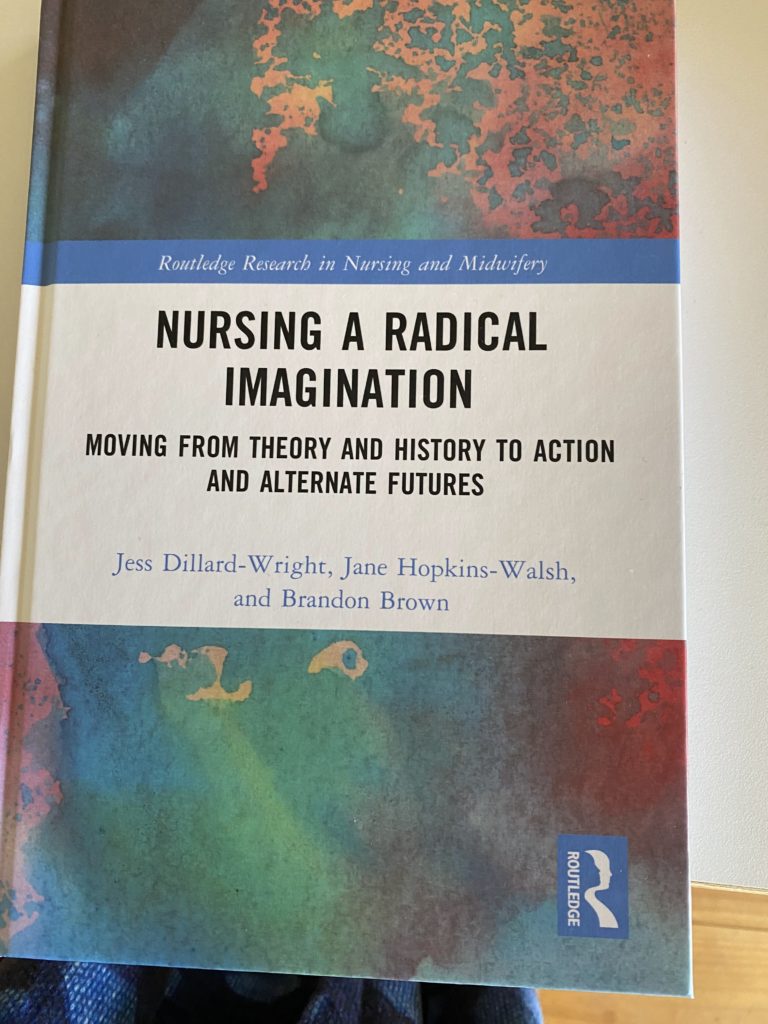
My chapter: Using Arts-Based Participatory Methods to Teach Cultural Safety details my efforts to introduce Cultural Safety into a Bachelor of Nursing program through collaborations with artist friends. There’s a section on engaging teaching colleagues in Possum skin bracelet making with Dr Vicki Couzens, a Gunditjmara woman from the Western Districts of Victoria who is a Senior Knowledge Custodian for possum skin cloak story and language reclamation and revival in her Keerray Woorroong Mother Tongue.
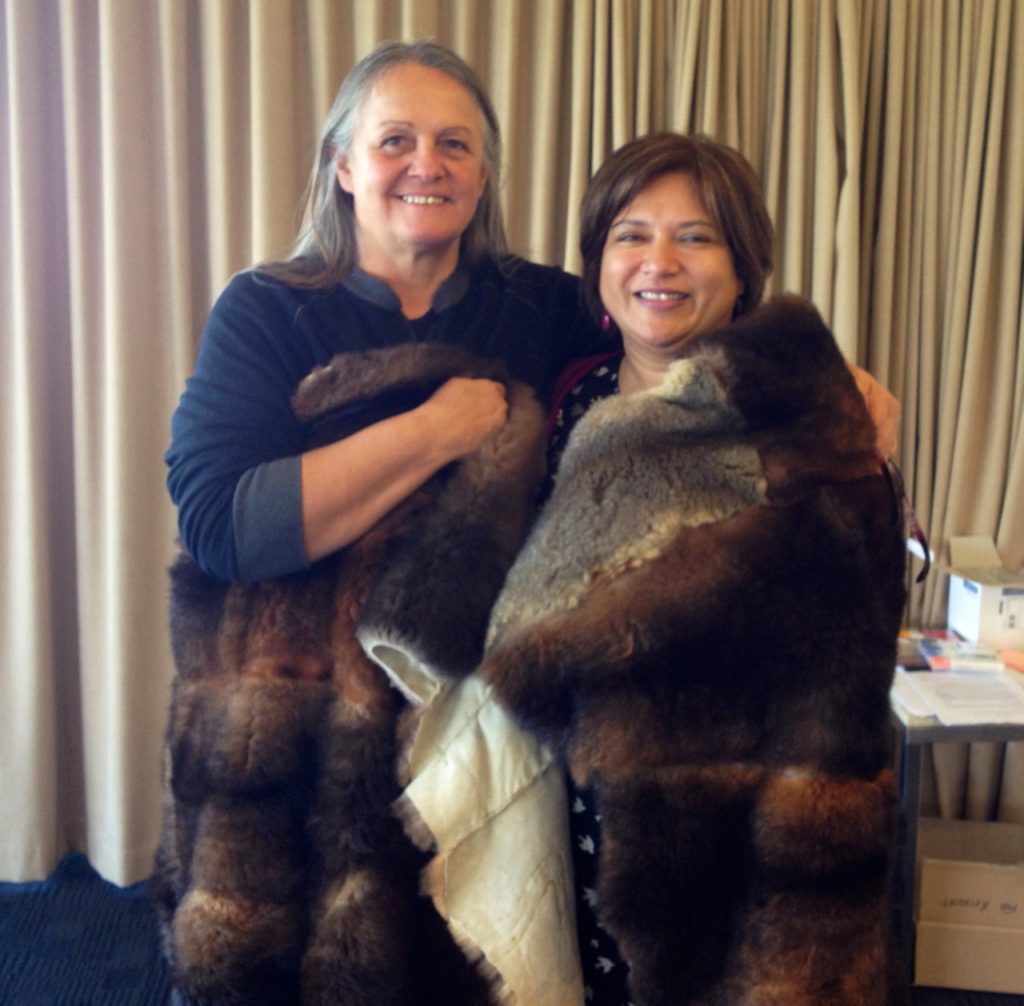
Then the story of developing a unit for nursing students where a workshop was offered at the start of the semester drawing on Forum theatre developed by Augusto Boal co-facilitated with two experienced practitioners Azja Kulpińska and Dr Tania Cañas (action shot of us below).
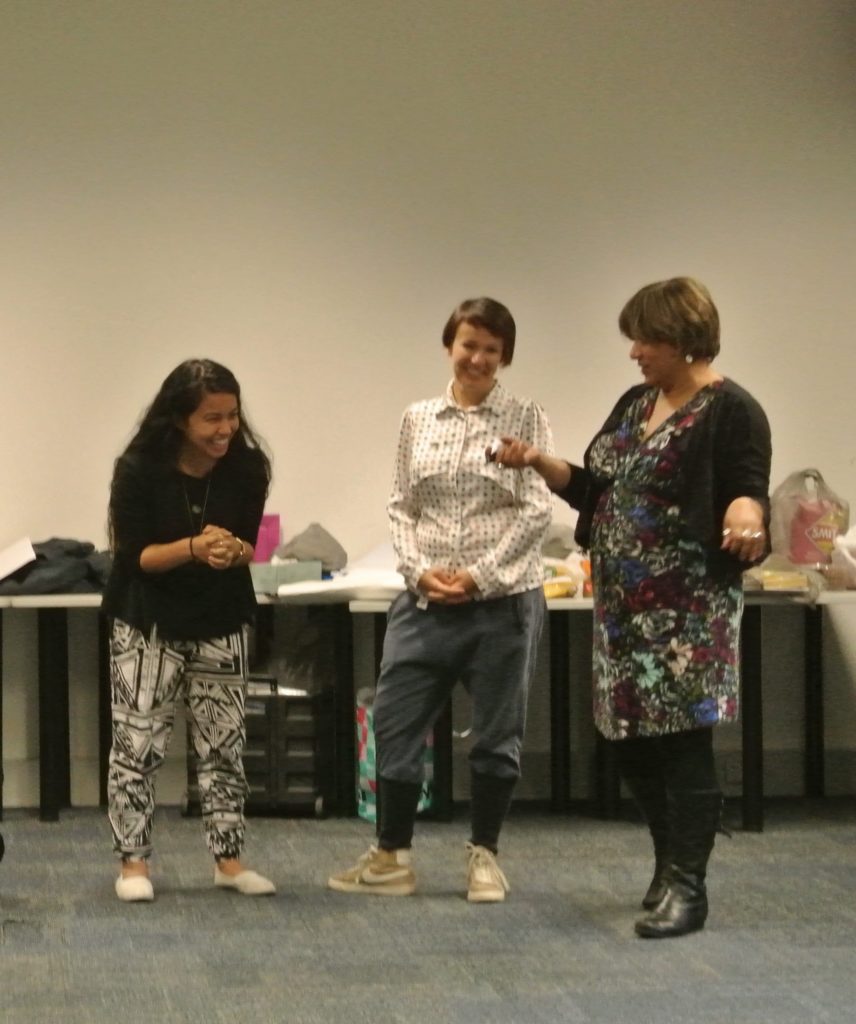
In my chapter I set the scene of trying to teach Cultural Safety in Australia by talking about: whiteness in the “lucky country”; how Cultural Safety was introduced into nursing curricula; the University as both a colonial site and place of transformation; and how nursing degree programs experience the strictures of the neoliberal University while reproducing colonial legacy inequalities in the curriculum factory. I suggest the barriers to a culturally safe and transformative curriculum in nursing include: conservatism, multiple stakeholder demands, technomanagerialism, surveillance, precarity, conservatism, a lack of skills, and unexamined whiteness. I include a reflexive section which I call Teaching Cultural Safety while being unsafe. I conclude the chapter by describing teaching as a marginalised subject while a minoritised scholar as being like teaching into a headwind (see Anderson, et al., 2020) and drawing on Mukandi and Bond (2019) suggest that trying to “out-teach” the imposition of racialised ideas is impossible, but creating pockets where reparative and healing work can happen is something I am proud of doing.
I share my last words below:
So how do we make sure that the future of nursing is collectively “ours” when the responsibility for the work of Cultural Safety is unevenly distributed, devalued, and displaced onto those who are fighting with both armory and weapons to survive in whiteness? Those who are struggling with the work of fitting in or disappearing, who are tasked with being there without really being there? (Mukandi & Bond, 2019). High-quality academic work including teaching is slow work, time is needed to try things, to engage and innovate, to facilitate curiosity and creativity in students (Mountz et al., 2015). None of which can happen effectively in accelerated and precarious work contexts. If we want to deliberately teach students to not only be capable and competent but to fight for equity, anti-racism, and social justice, we must make time to challenge or experiment, otherwise we risk reproducing a depoliticised “what’s already there” future workforce, fixated on the useful, the commodified and utilitarian. A workforce that reproduces structural violence, joining generations who have done much the same. As Cultural Safety becomes tamed and domesticated, into University curricula, we must ensure it does not lose its critical edge. I am unconvinced that we can shift whiteness in nursing. But maybe, just maybe by making this contribution, “being part of a collection [in this book] can be to become a collective”(Ahmed, 2012, p. 13). This is my hope.



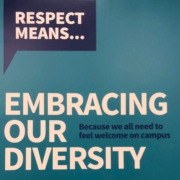
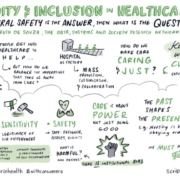


Leave a Reply
Want to join the discussion?Feel free to contribute!